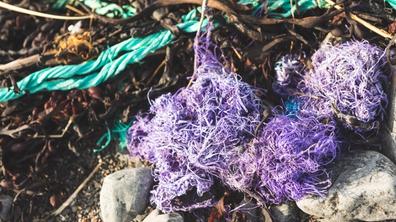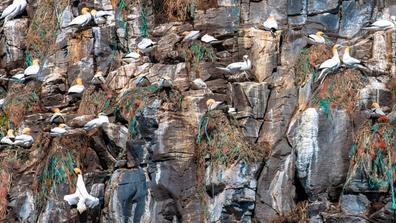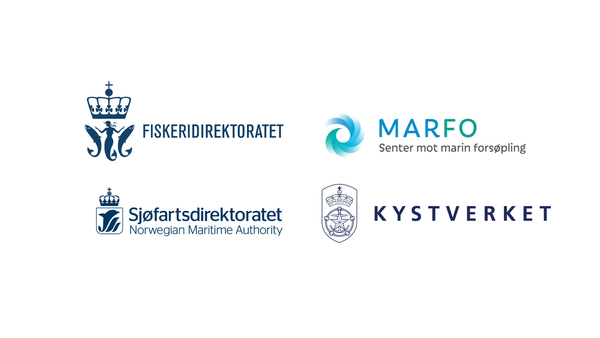Hi, did you drop something?
Plastic in the sea originating from those who work on and use the sea is a significant issue in the North Atlantic and Arctic. In some areas of the sea, they dominate as the leading source of litter. Together, we can do something about this.
On beaches, along the coast, in the sea and on the seabed, you will find litter from everyone who uses the sea.
There is one type of litter in particular that stands out in terms of quantity: pieces of rope, cut-offs, remnants of tools and other small pieces of plastic.

Too much has been dropped into the ocean
Pieces of rope, cut-offs and smaller pieces of plastic constitute a serious litter issue in Norway.

Consequences for the sea, the environment and for us
A piece of rope might be small, but the amount found in our seas is significant in terms of quantity and volume.
The Rope Code
What can you do to prevent littering and reduce the amount of plastic in the sea when out with your boat? Here are ten great tips to remember when at sea.
For recreational users of the sea
- Only bring what you need when at sea.
- Replace worn ropes and make sure to use ropes that are in good condition.
- Use good quality fishing gear intended to last.
- Properly secure fishing gear and equipment - both on board and when you go ashore.
- Bring a bin bag.
- Remember that any waste that ends up on deck can quickly end up in the water.
For those working at sea
- Replace worn rope and ensure that the rope you use is in good condition. This helps prevent loss and reduces the amount of microplastics that end up in the water.
- Use good quality fishing gear intended to last.
- Ensure that you have proper procedures on board to manage ropes, cut-offs and small pieces of plastic waste.
- Make sure that rope stumps, cut-offs and similar do not end up on deck or in fishing gear when you carry out maintenance and repairs.
- Properly secure fishing gear and equipment - both on board and when you go ashore.
- Lead by example. Your actions contribute to the awareness and attitudes of others.
Would you like to display the rope code?
How do we work on marine litter? You can read more about this below.
The Norwegian Directorate of Fisheries’ Action Plan
The aim of the plan is to reduce litter originating from fishing and aquiculture.
Marine litter from vessels
Marine litter has been a growing concern worldwide over the last three decades.


